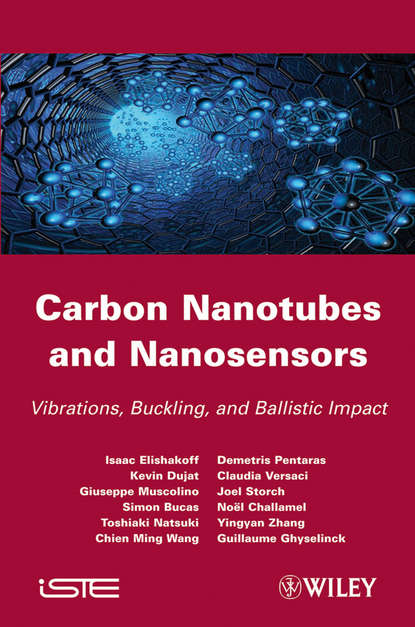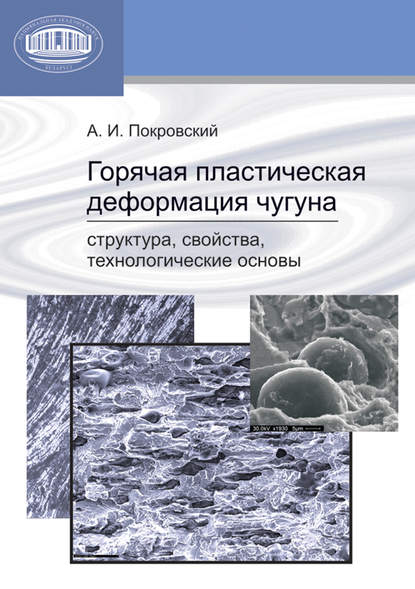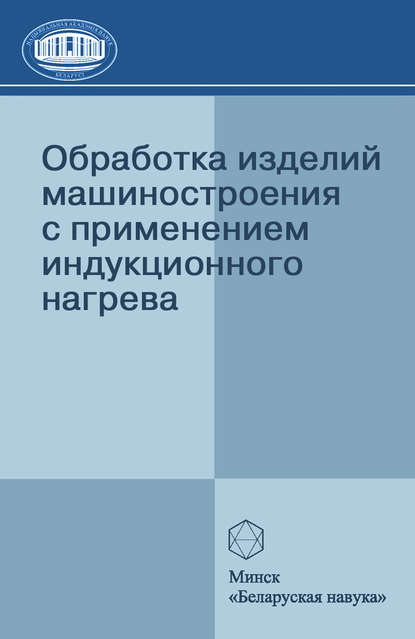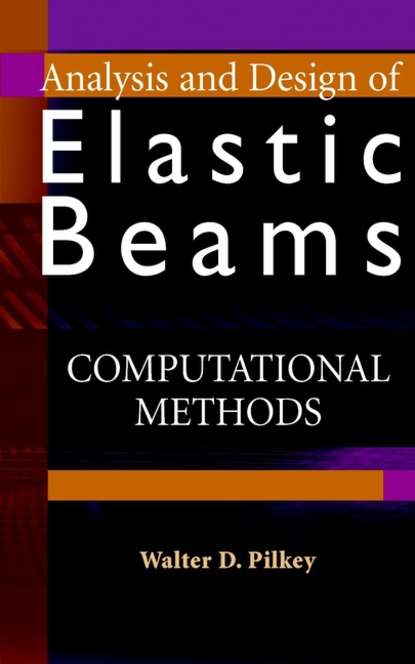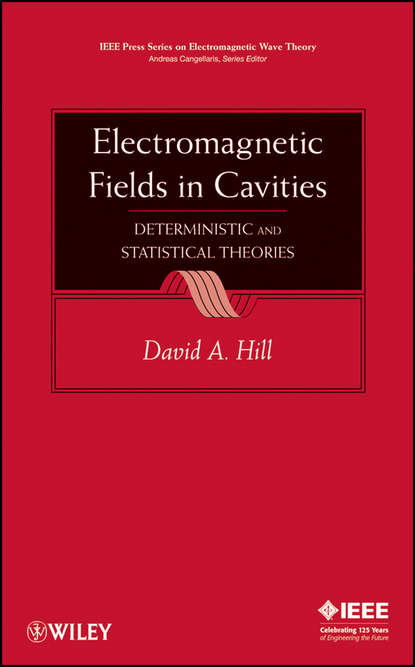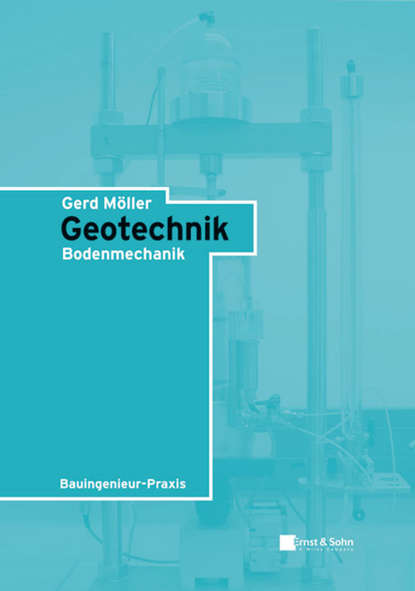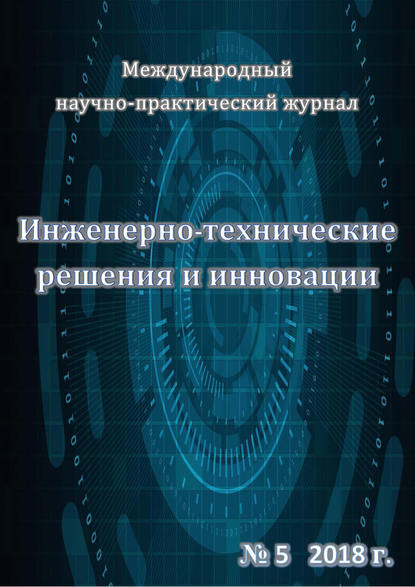Основные свойства, которые делают углеродные нанотрубки (УНТ) многообещающей технологией для многих будущих применений, это: чрезвычайно высокая прочность, низкая плотность массы, линейно-упругое поведение, почти идеальная геометрическая структура и нанометровый масштаб структуры. Кроме того, УНТ могут проводить электричество лучше, чем медь, и передавать тепло лучше, чем алмазы. Поэтому они, несомненно, найдут широкое и возможно революционное применение во всех областях инженерии. Интерес к УНТ и их потенциальному использованию в широком спектре коммерческих применений, таких как наноэлектроника, квантовые проводниковые соединения, эмиссионные устройства, композиты, химические и биологические сенсоры, детекторы и т.д., быстро возрос за последние два десятилетия. Однако характеристики любой наноструктуры на основе УНТ зависят от механических свойств составляющих их УНТ. Поэтому крайне важно знать механическое поведение отдельных УНТ, такое как их частоты колебаний, критические нагрузки потери устойчивости и деформации при различных нагрузках. Эта книга посвящена колебаниям, потере устойчивости и удару УНТ, а также теории углеродных наносенсоров, таким как метод Бубнова-Галеркина и Петрова-Галеркина, теории оболочек Брессе-Тимошенко и Доннелла.
The book covers the basics of nanotechnology, introducing carbon nanotube theory as well as key scientific concepts related to nanometerscopic structures. It discusses the various applications that carbon nanotubees can be used for, such as in sensing and electronics.
Электронная Книга «Carbon Nanotubes and Nanosensors. Vibration, Buckling and Balistic Impact» написана автором Isaac Elishakoff в году.
Минимальный возраст читателя: 0
Язык: Английский
ISBN: 9781118563304
Описание книги от Isaac Elishakoff
The main properties that make carbon nanotubes (CNTs) a promising technology for many future applications are: extremely high strength, low mass density, linear elastic behavior, almost perfect geometrical structure, and nanometer scale structure. Also, CNTs can conduct electricity better than copper and transmit heat better than diamonds. Therefore, they are bound to find a wide, and possibly revolutionary use in all fields of engineering. The interest in CNTs and their potential use in a wide range of commercial applications; such as nanoelectronics, quantum wire interconnects, field emission devices, composites, chemical sensors, biosensors, detectors, etc.; have rapidly increased in the last two decades. However, the performance of any CNT-based nanostructure is dependent on the mechanical properties of constituent CNTs. Therefore, it is crucial to know the mechanical behavior of individual CNTs such as their vibration frequencies, buckling loads, and deformations under different loadings. This title is dedicated to the vibration, buckling and impact behavior of CNTs, along with theory for carbon nanosensors, like the Bubnov-Galerkin and the Petrov-Galerkin methods, the Bresse-Timoshenko and the Donnell shell theory.
